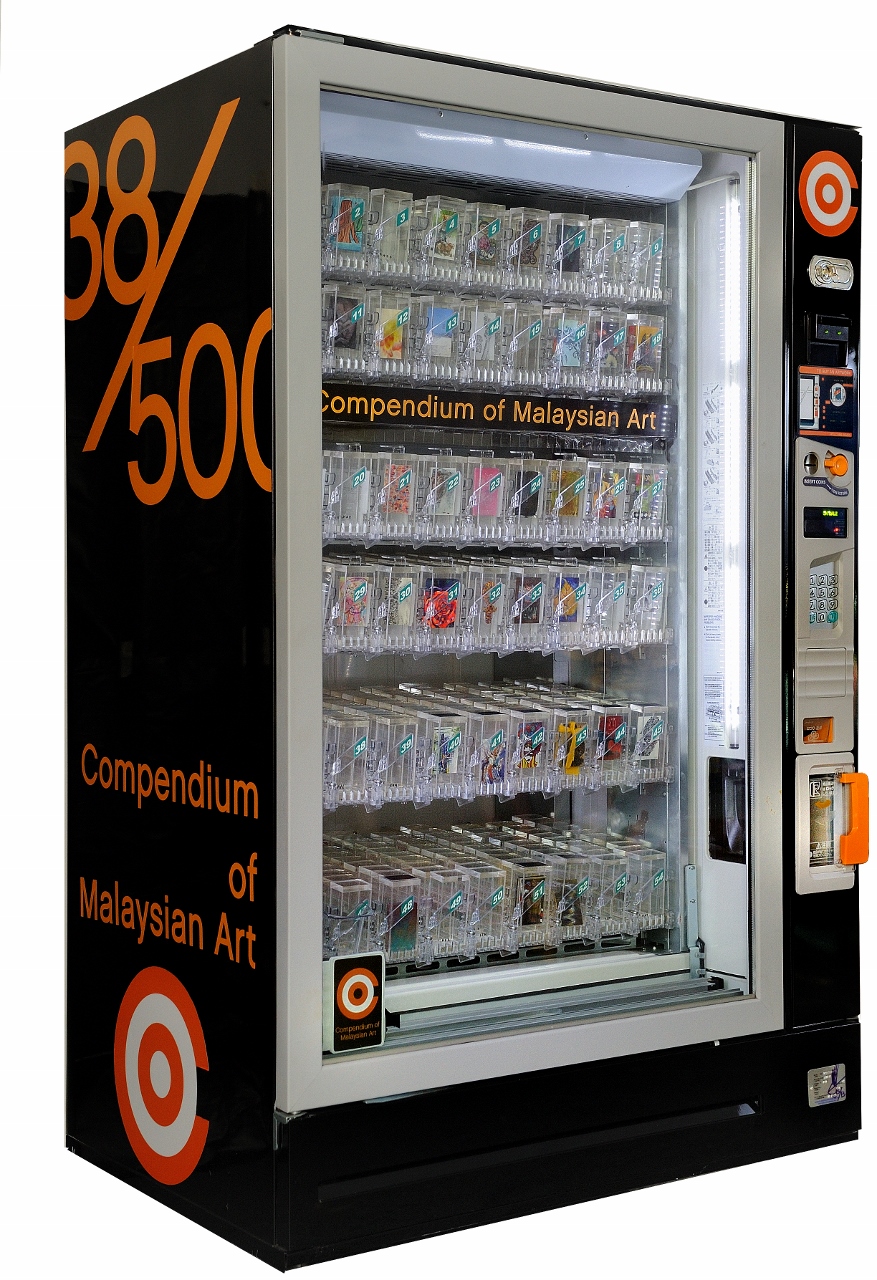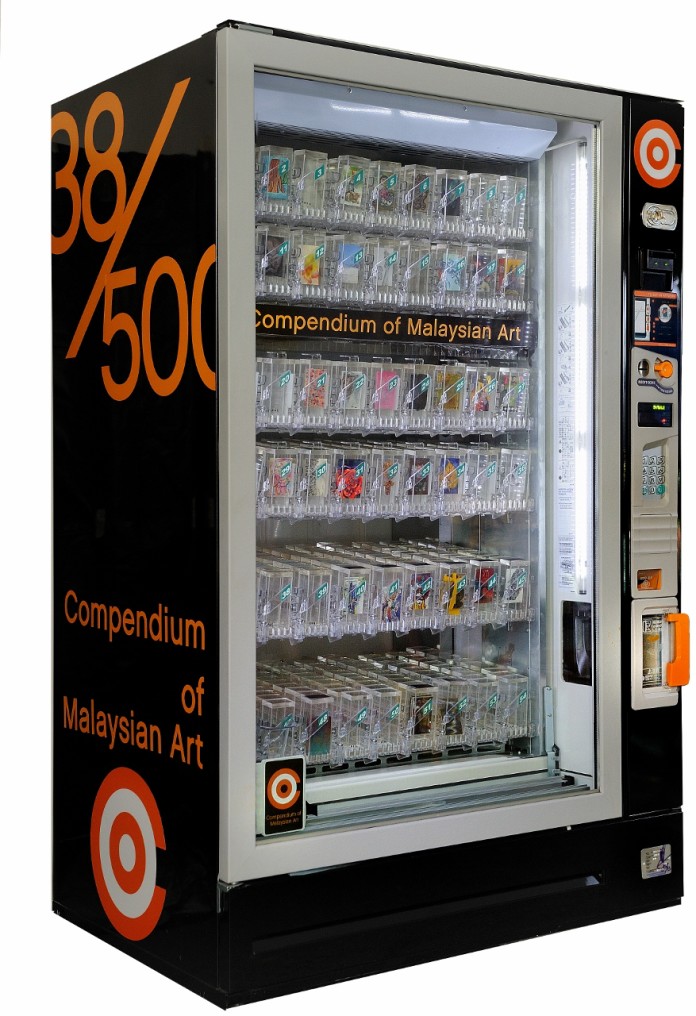SINGAPORE: Singapore is “too small, too weak” to compete in the international art market, and in order to succeed, it needs to be part of Southeast Asia, the founder of Art Stage Singapore fair said on Wednesday (Nov 16).
“The art scene, artists, galleries, all the institutions, are not internationally strong enough to compete with big markets like China, India and the West,” remarked Lorenzo Rudolf at a media conference where details of the fair’s next edition in January 2017 were revealed.
“It is logical that we have to position Singapore as a central part of the entire Southeast Asia. If you want a successful future, we have to sell Southeast Asia as a whole and not national, small markets. And Singapore, as the smallest place, is even more obliged to play this game,”
His remarks were part of a sobering description of a global art market that is taking a long, hard look at itself amidst the economic downturn, not just in the region, but in Europe and America as well.
Citing how art fairs and galleries worldwide are either thinking about closing or rethinking their business model, Rudolf said: “It’s clear that we can no more discuss and sell art over prices. It’s very clear that galleries, art fairs, have much, much more to reflect (upon) and find a balance between market and content. And even artists have to think – are we producing in the future (art that is) only for the market?”
The economic uncertainty in the art world seems to be reflected in Art Stage Singapore’s seventh edition, which will take place from Jan 12 to 15 next year.
Around 108 exhibitors from 26 countries are participating this time around, a decline from the 173 galleries in 32 countries that took part in the fair early this year. To date, there are also only 21 Singapore galleries that have signed up, in contrast to 32 in the previous edition.
In light of the current bleak climate, one of its special programmes – a Southeast Asian art forum and exhibition – will also focus on the theme of capitalism and art where “(we) question ourselves what is art for”, said Rudolf.
Among the works included in the programme is Malaysian artist Ivan Lam’s “vending machine”, which will sell small pieces of artworks from the region as a comment on how art has been commodified.

Ivan Lam’s Vending Art project, which is part of Art Stage Singapore’s special forum on capitalism and art. (Photo: Wei-Ling Gallery)
Comparing the mood when Art Stage Singapore was first launched in 2011, Rudolf said: “At that time, there was an enthusiasm around. And today, it is quiet, it is sad, despite the initiatives that have happened all these years.
“Everybody is asking where is Singapore going? We all know Gillman Barracks has problems, we all know galleries are trying to survive and some have left. We all know also that institutions are not in the best position.”
On the upside, Rudolf mentioned the crucial role of art collectors in the current environment. He cited the growing number of private art museums and spaces in the region, such as MACAN in Jakarta, MAIIAM in Chiang Mai and O Museum in Bangkok.
There’s a need to “activate these private collectors because that’s where we really have strong support,” he said. “Around Singapore, there’s not one state who is really investing in cultural development. And you see a trend of certain collectors feeling a responsibility to go public, to educate and to share (their collection) with a much bigger community,” he said.
In this light, Art Stage Singapore is also tapping into more involvement from Singapore’s notoriously private collectors community – a Collectors’ Show featuring works from six Singapore-based collectors will also be shown at next year’s fair.
“I think more and more people are becoming aware that it’s only together we can be strong,” he said.





